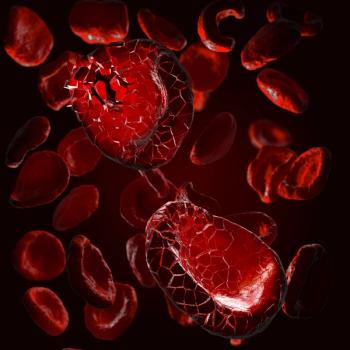
- ONCOLOGY Vol 14 No 3
- Volume 14
- Issue 3
Less Toxic Therapies for Hodgkin’s Disease May Reduce Secondary Cancers
Researchers in Germany and Austria have found a way to achieve high survival rates in children with Hodgkin’s disease while reducing serious long-term side effects. Until now, children with Hodgkin’s disease have experienced high survival rates but
Researchers in Germany and Austria have found a way to achieve high survival rates in children with Hodgkins disease while reducing serious long-term side effects. Until now, children with Hodgkins disease have experienced high survival rates but were at increased risk for serious late effects, especially those related to gender (ie, breast cancer in girls and testicular dysfunction in boys). However, among children treated with modified treatment regimens and followed for 5 to 8 years, secondary leukemias normally seen several years after treatment have not developed, and researchers estimate that other therapy-related late effects have been and will continue to be significantly reduced.
One of the most important messages of the paper is that mechlorethamine, the drug with the highest risk of inducing secondary leukemias, can be eliminated from chemotherapy for Hodgkins disease without compromising treatment results, said Dr. Gunther Schellong of the University Childrens Hospital in Muenster, Germany, the lead author of the study.
Moreover, preliminary studies of testicular function in male patients indicated a lowered risk of germ-cell damage, and the authors expect that the incidence of breast cancer will also be reduced.
Chemotherapy Varied by Gender
The study was conducted by a collaborative team of nearly all the pediatric oncology departments in Germany and Austria. The researchers enrolled 578 newly diagnosed patients and administered radiotherapy at a lower dose, targeting the organs and areas of the body specifically affected by the cancer, and not larger areas.
In addition, chemotherapy was given for a shorter period, and the formulas differed depending on gender. One of the four drugs given to girls during the initial 2 months of therapy differed from that given to boys in order to reduce the risk of testicular dysfunction.
After a median of 5 years of follow-up, investigators determined that both boys and girls responded equally well to the differing chemotherapy and reduced radiation. The event-free survival rate in the entire group was 91%, and the overall survival rate was 98%; these rates are similar to those seen with more aggressive therapy.
Articles in this issue
almost 26 years ago
FHIT Gene, Smoking, and Cervical Canceralmost 26 years ago
IOM Medical Error Estimates Questioned, But Legislation ConsideredNewsletter
Stay up to date on recent advances in the multidisciplinary approach to cancer.


















































































